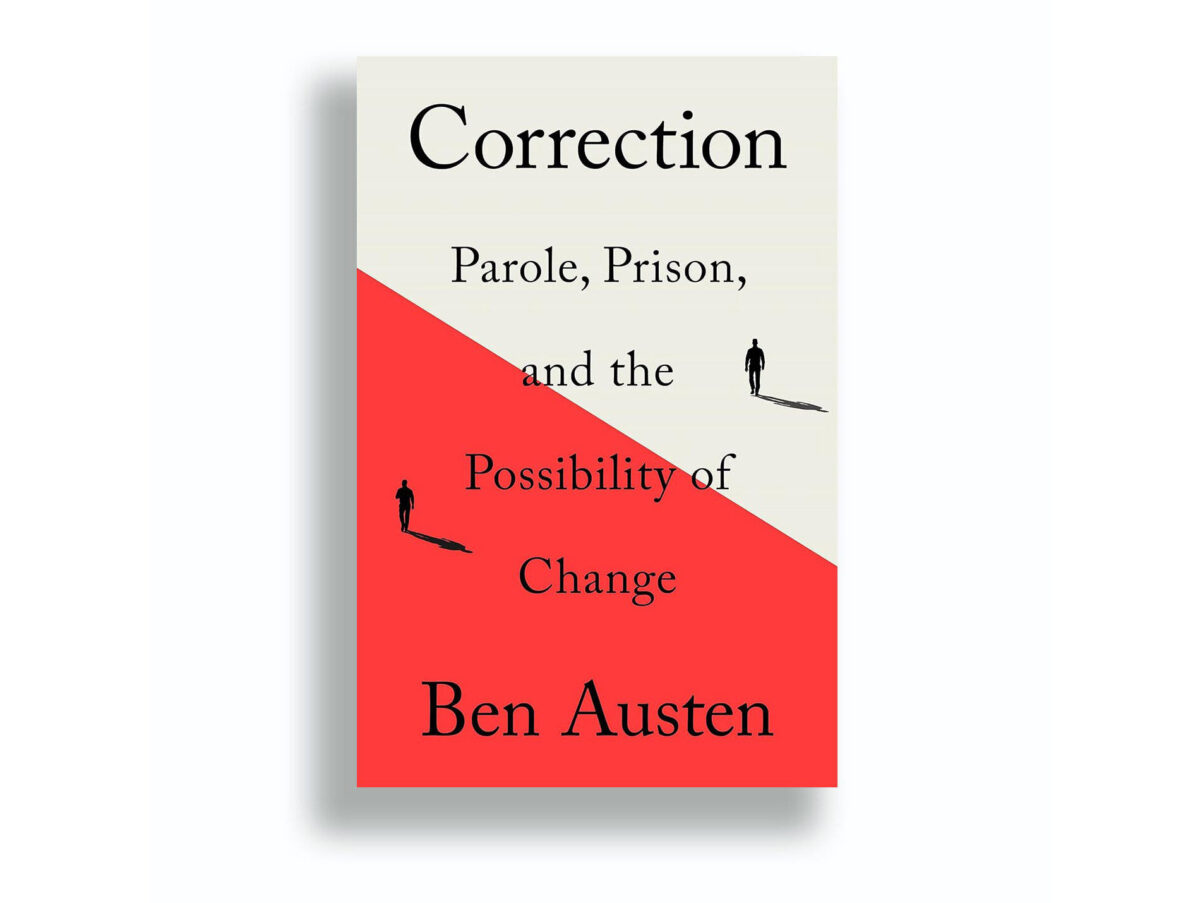John J. Lennon reviews Ben Austin’s “Correction: Parole, Prison, and the Possibility of Change,” a study of a system meant to promote rehabilitation — and reward prisoners who change — but that no longer seems to work the way it was intended.
EXCERPT
One morning in late September, around the time I was finishing Ben Austen’s “Correction: Parole, Prison, and the Possibility of Change,” I was walking the perimeter of a prison yard in upstate New York with a fellow inmate, 68-year-old Kasiem Chaves. We call him “Old God.” Gray and gangly, he was about to go before the parole board for the third time, having served nearly 41 years. By the time I finished writing this review, I would know whether Old God would go free.
When Austen, a former editor at Harper’s Magazine, was researching his last book, “High-Risers: Cabrini-Green and the Fate of American Public Housing” (2018), he learned about the 1970 shooting deaths of two police officers at Cabrini-Green, the infamous Chicago housing project. Yet no one mentioned that the 17-year-old convicted of the killings was “still sitting in a prison cell” decades later. The man was Johnnie Veal, one of two inmates whose stories Austen tells in “Correction.” The other is Michael Henderson, who in 1971, when he was 18, shot another teenager inside his car in a tavern parking lot.
Sentenced to more than 100 years apiece, Veal and Henderson entered prison when Richard Nixon was president and the United States was beginning a vast social experiment with laws and policies that drastically increased the number of people behind bars. Over the next four decades, both men would periodically go before a parole board and be denied release. Their trajectories track the peg for Austen’s book: the 50th anniversary of mass incarceration.
Read John’s review at The New York Times.
